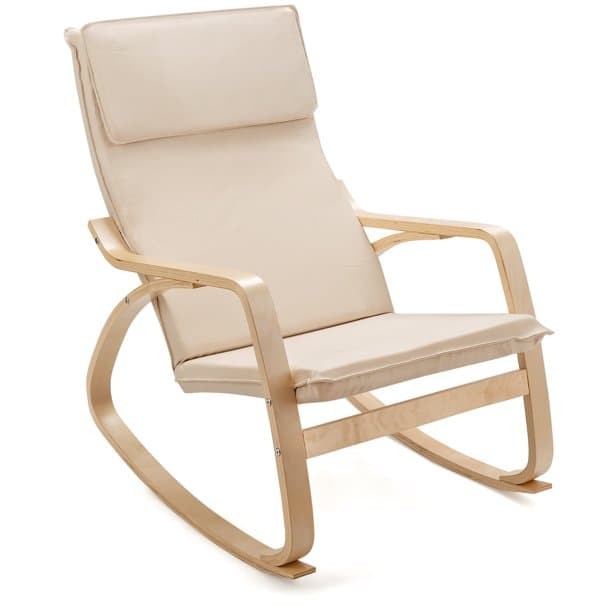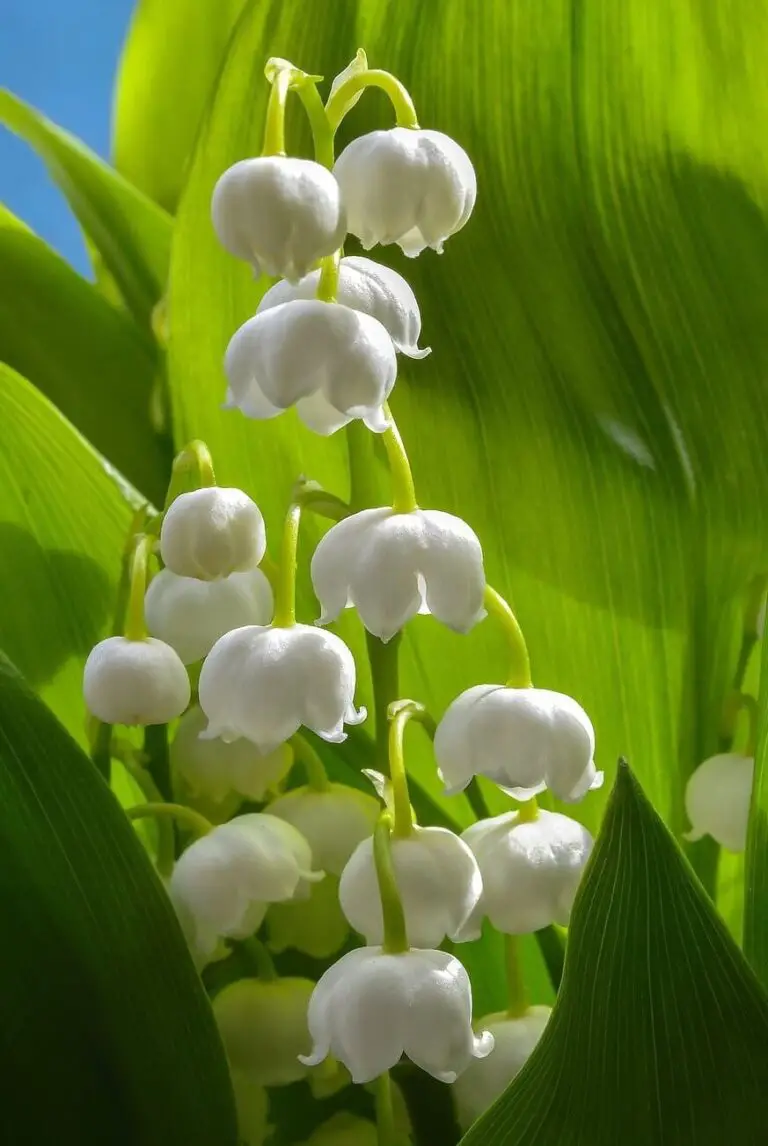Spring-Blooming Bulbs Design Ideas
When creating a pest-resistant, perennial, and naturalized landscape garden design, combining Narcissus (daffodil) bulbs with specialty (minor) bulbs is an effective strategy. This approach not only promotes biodiversity but also fosters a self-sustaining ecosystem. According to Sally Ferguson of the Netherlands Flower Bulb Information Center, certain bulbs possess unique properties that make them ideal for perennializing or naturalizing in gardens.
Perennializers are bulbs that reliably return at least three years after planting, provided the growing conditions remain suitable. Naturalizers, on the other hand, not only regrow but also multiply and increase over time when planted in favorable environments. By incorporating these types of bulbs into your garden design, you can create a thriving and resilient ecosystem.
Flowering Bulb Care After Spring Bloom
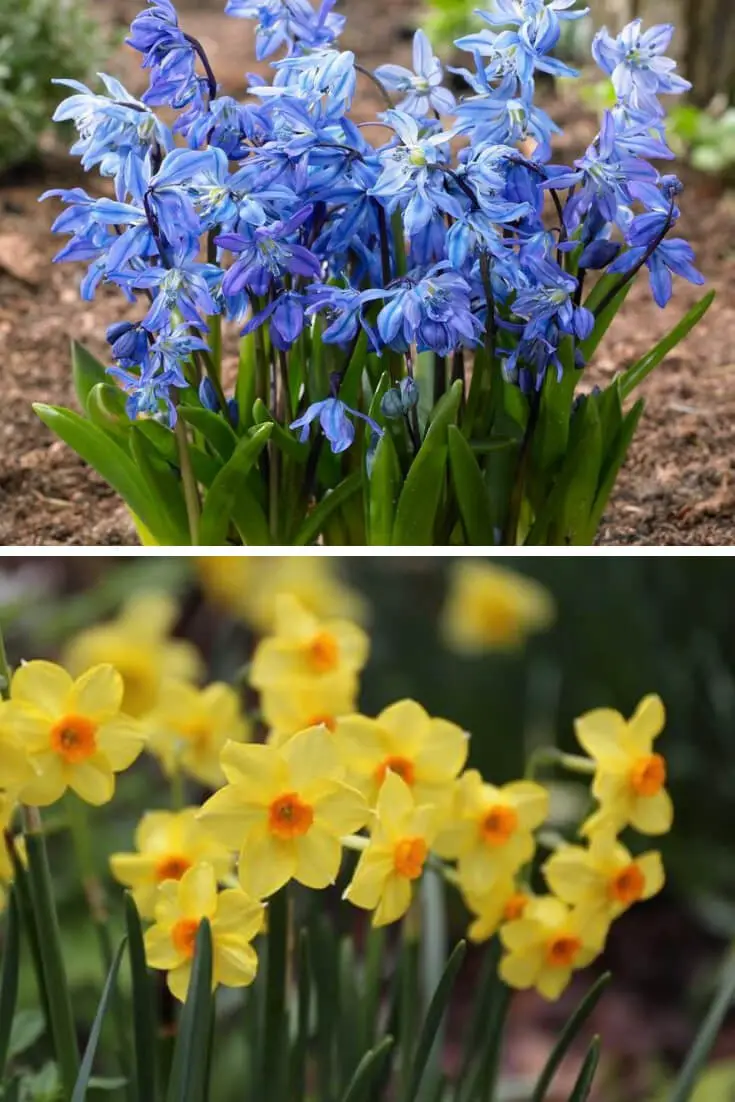
To ensure optimal growth and blooming for your daffodils, it’s essential to maintain proper care during the lifespan of these flowers. When dead flowers appear, remove them promptly to redirect the energy generated by the leaves towards bulb storage, rather than seed production. This process allows bulbs to accumulate vital energy necessary for future blooms. Additionally, for specialty bulb flowers like Scilla (squill), allow seeds to mature and spread more quickly through naturalization.
As your daffodils enter dormancy during summer months, permit their foliage to turn yellow and wilt naturally. Avoid cutting or manipulating the foliage prematurely, as this can hinder bulb energy storage, ultimately impacting next year’s growth and blooming.
Daffodil and Specialty Bulb Combinations
While drawing inspiration from the iconic English landscape gardens and those of New England, these design combinations cater to a broader range of plant hardiness zones – from 4/5 to 7/8. The suitability ultimately depends on the specific microclimate conditions at the planting site.
Lawns or Open Woodlands under Deciduous Trees: Very Early Spring (February and March)
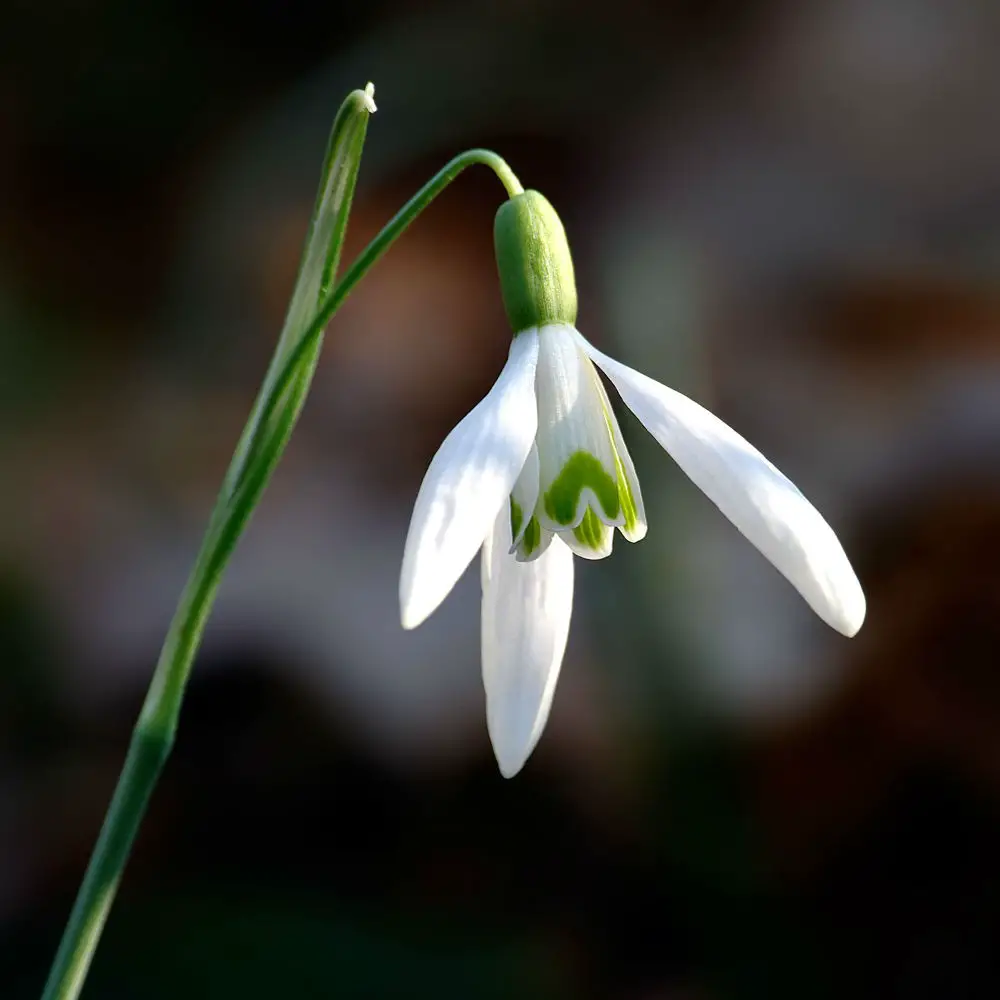
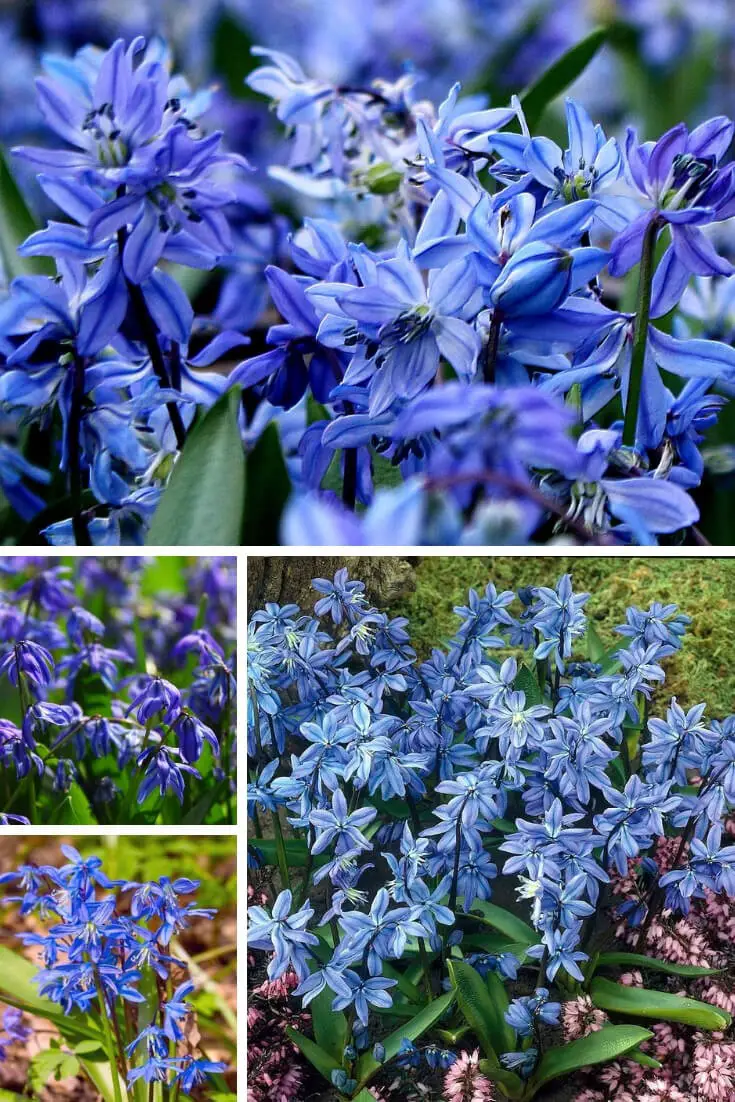
The Snowdrop (Galanthus nivalis), Crocus tommasinianus, C. tommasinianus roseus, and various cultivars like ‘Barr’s Purple’, ‘Lilac Beauty’, and ‘Ruby Giant’ pair harmoniously with Fritillaria meleagris (Snake’s Head Fritillary) and miniature Narcissus species, including N. bulbocodium (Hoop Petticoat Daffodil) and N. jonquilla simplex (Simple Jonquil).
Meanwhile, Scilla siberica ‘Spring Beauty’ (Blue Squill) boasts one of the bluest flowers available and thrives as a naturalized companion to early daffodils such as Narcissus ‘Tête-à-Tête’ and N. ‘Ice Follies’, providing a stunning display in spring.
Garden Beds and Borders Among Perennials: Mid-spring (April and May)

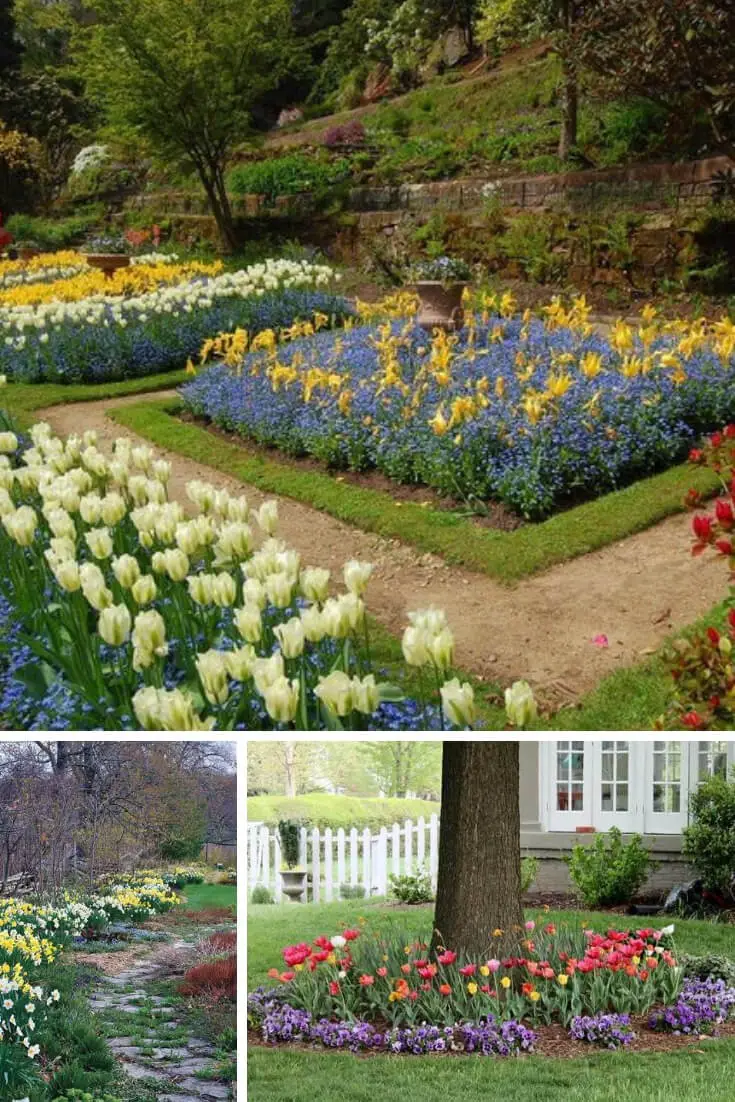
The Wild Hyacinth, or Camassia leichtlinii (Photo #2), has a unique ability to naturalize as a transition plant. It blooms between early-blooming daylilies such as Hemerocallis lilioasphodelus (H. flava) ‘Lemon Lily’, H. ‘Stella D’Oro’, ‘Happy Returns’, and ‘Little Grapette’. This flowering period also coincides with the blooming of triandrus daffodils like Narcissus ‘Thalia’, N. ‘Hawera’, and N. ‘Petrel’, as well as pest-resistant varieties.
Pathways or Stone Walls under Light Shade: Mid-to Late Spring (May to Early June)
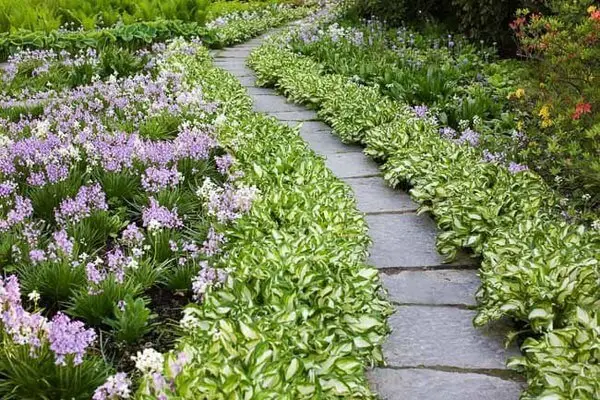

Hyacinthoides hispanica, also known as the Spanish Bluebell, thrives when paired with daffodils like Tazetta Narcissus, ‘Geranium’, and Large Cupped Narcissus ‘Flower Record’ under light shade. This combination can be achieved by planting them near native or naturalized small trees such as Cercis canadensis (redbud), Cornus alternifolia (Pagoda/Alternateleaf Dogwood), or Halesia tetraptera subspecies Monticola (Mountain Silverbell).
The short-cupped yellow ‘Quail’ and fragrant white Narcissus ‘Thalia’ offer a striking contrast to the cobalt blue flowers of Muscari armeniacum, which can be found on the edges of shrub borders filled with Fothergilla gardenia and Deutzia gracilis ‘Nikko’.
Related Posts
When it comes to building and growing your farm business, choosing the right equipment is crucial. Similarly, when it comes to securing your home, installing a fence is essential for protection. These decisions are just as important as understanding gratuity etiquette for various services, such as driveway sealing or flower delivery.
While becoming a landscape architect or designer may not directly impact your farm business, it’s essential to consider the skills and knowledge required in these fields. By balancing these aspects, you can ensure a thriving career path and a successful farm operation.



